Neuroendokrines Karzinom Lunge Prognose
Neuroendokrines karzinom lunge prognose. A study explored cisplatin infusion and Etoposide in 53 patients with high-grade neuroendocrine carcinoma. Based on several studies it is evident that patients who were diagnosed with liver metastases have poor survival when compared to other carcinoid syndromes. Stage IV means the lung NET has spread to more than 1 area in the opposite lung the fluid surrounding the lung or the heart or distant parts of the body through the bloodstream.
This is known as neuroendocrine cancer NEC. Survival for large cell neuroendocrine carcinoma LCNEC More than 25 out of every 100 people more than 25 with LCNEC survive for 5 years or more. There is no much change in the prognosis of small intestinal neuroendocrine tumors in the last three decades.
Lung neuroendocrine tumours NETs are rare lung cancers that start in the neuroendocrine cells of the lung. There are many different ways to measure and report cancer survival statistics. A lung NET is much less likely to cause carcinoid syndrome than a GI tract NET.
Lung neuroendocrine cancers are different from other types of lung cancers because they form in individual or groups of neuroendocrine cells in your lung. Check out results for your search. Symptoms of lung NETs Symptoms of a lung NET can include a cough shortness of breath coughing up blood weight loss and tiredness.
Neuroendocrine tumors of the lung arise from Kulchitzky cells that are normally present in the bronchial mucosa and share the common morphologic features of neuroendocrine tumors including organoid nesting palisading rosettes or a trabecular growth pattern. Or hormones released by the tumor can cause carcinoid syndrome see below. Like other carcinoid tumors lung NETs are thought to derive from peptide- and amine-producing neuroendocrine.
A lung NET is more likely to spread to the brain bones liver and adrenal glands. In some ways a high level of neuroendocrine tumors are similar to lung cancer small cell and often respond to similar treatment but less likely Associated with smoking in comparison with lung cancer small cell and small probably metastasis to the bone and brain. The survival rate of larger tumors ranges from fifty to seventy percent.
Survival statistics for neuroendocrine tumours NETs are very general estimates and must be interpreted very carefully. Of these 80 are anaplastic small cell lung cancers SCLC 12 are large cell neuroendocrine carcinomas LCNEC and the remaining 8 are typical carcinoid TC and atypical carcinoid AC tumors the latter being the most uncommon.
Once cancer cells get into the blood the cancer can spread anywhere in the body.
There is no much change in the prognosis of small intestinal neuroendocrine tumors in the last three decades. Survival for large cell neuroendocrine carcinoma LCNEC More than 25 out of every 100 people more than 25 with LCNEC survive for 5 years or more. Like other carcinoid tumors lung NETs are thought to derive from peptide- and amine-producing neuroendocrine. Check out results for your search. NEC can occur in any organ which acts as a common interface to the 2 related systems like in the lungs pancreas or the gastrointestinal regions. Statistics show that around 8-10000 people in UK are already affected by NEC and about 1500-2000 more are diagnosed every year. Lung neuroendocrine tumours NETs are rare lung cancers that start in the neuroendocrine cells of the lung. They are rare and usually develop slowly over some years. The response rate was 42 and the duration of the response and average survival were 9 months and 15 months respectively.
Survival for large cell neuroendocrine carcinoma LCNEC More than 25 out of every 100 people more than 25 with LCNEC survive for 5 years or more. Lung NET start in your lungs but can spread to the outer area of your lungs. This is known as neuroendocrine cancer NEC. Neuroendocrine tumors of the lung arise from Kulchitzky cells that are normally present in the bronchial mucosa and share the common morphologic features of neuroendocrine tumors including organoid nesting palisading rosettes or a trabecular growth pattern. A lung NET is much less likely to cause carcinoid syndrome than a GI tract NET. The survival rate of larger tumors ranges from fifty to seventy percent. Stage IV means the lung NET has spread to more than 1 area in the opposite lung the fluid surrounding the lung or the heart or distant parts of the body through the bloodstream.

_by_core_needle_biopsy.jpg/300px-Lung_small_cell_carcinoma_(1)_by_core_needle_biopsy.jpg)

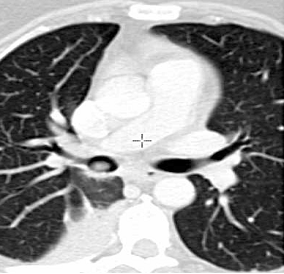
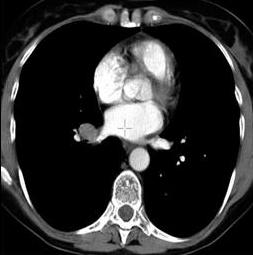
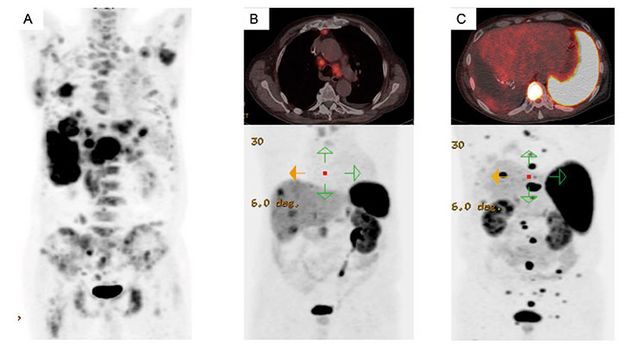


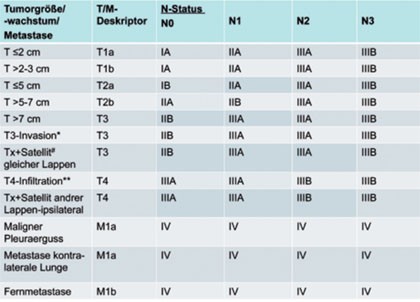






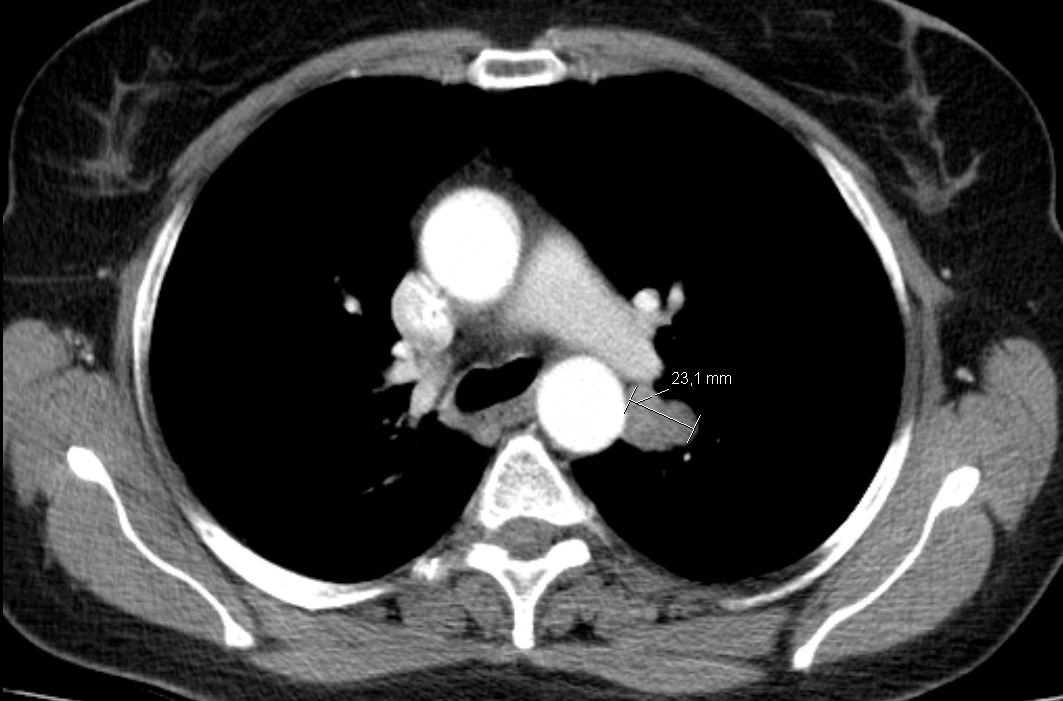

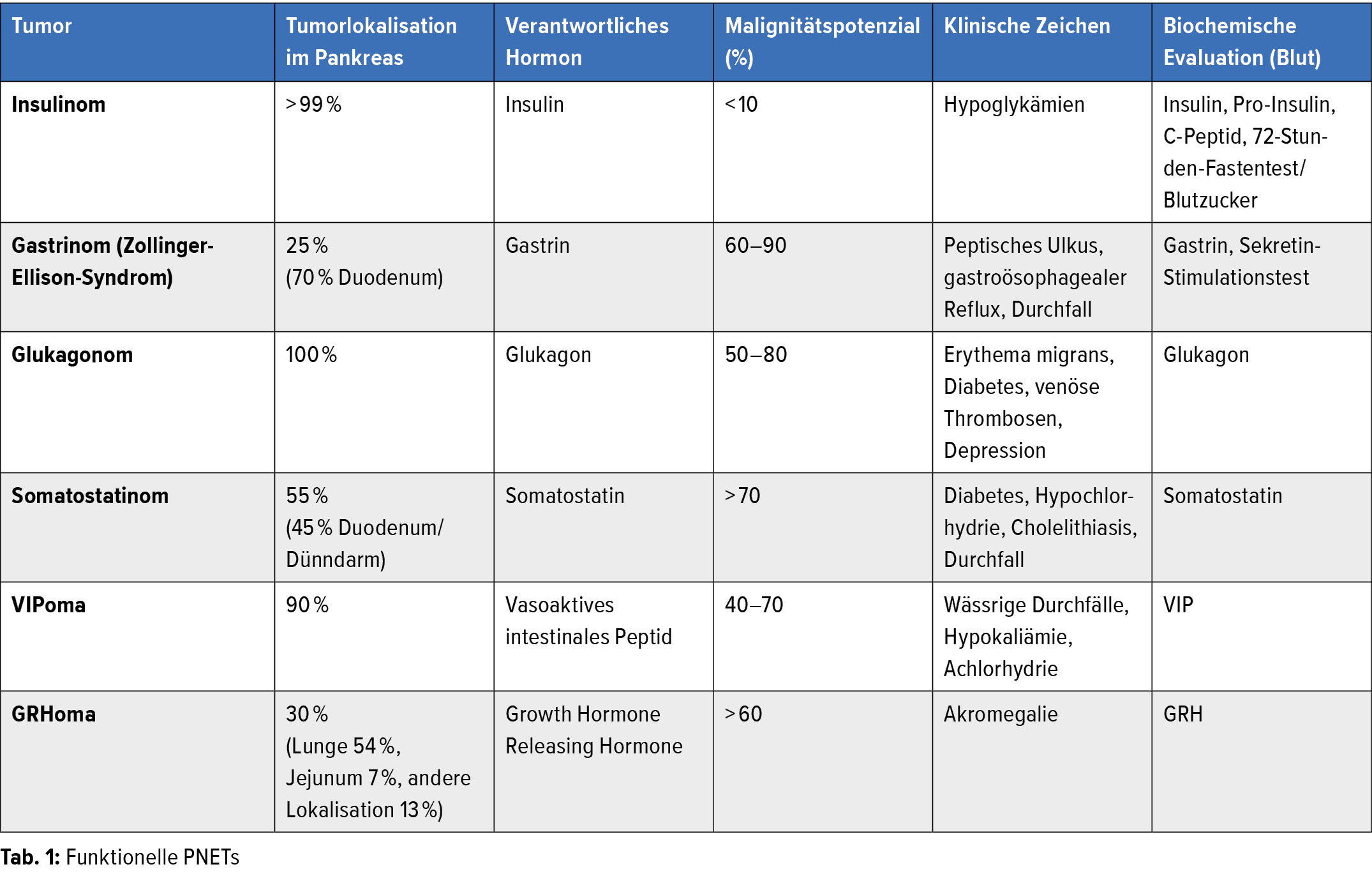




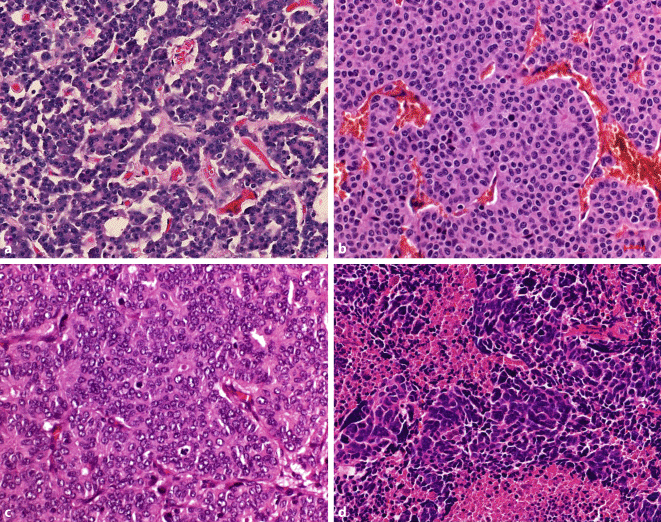



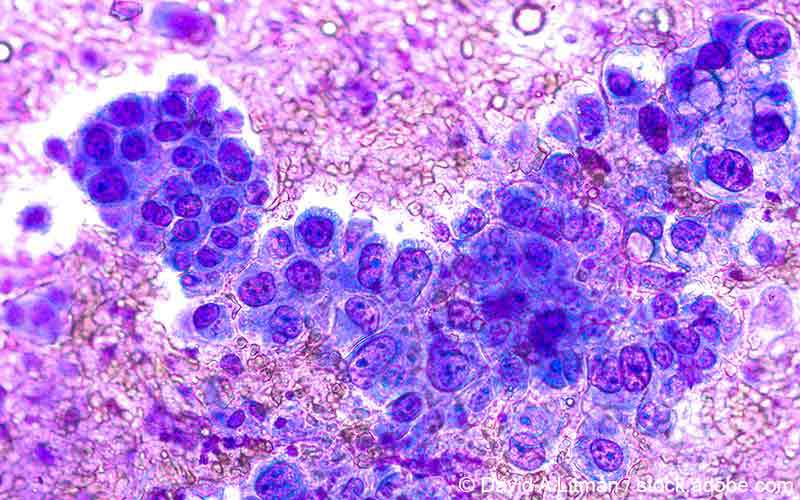




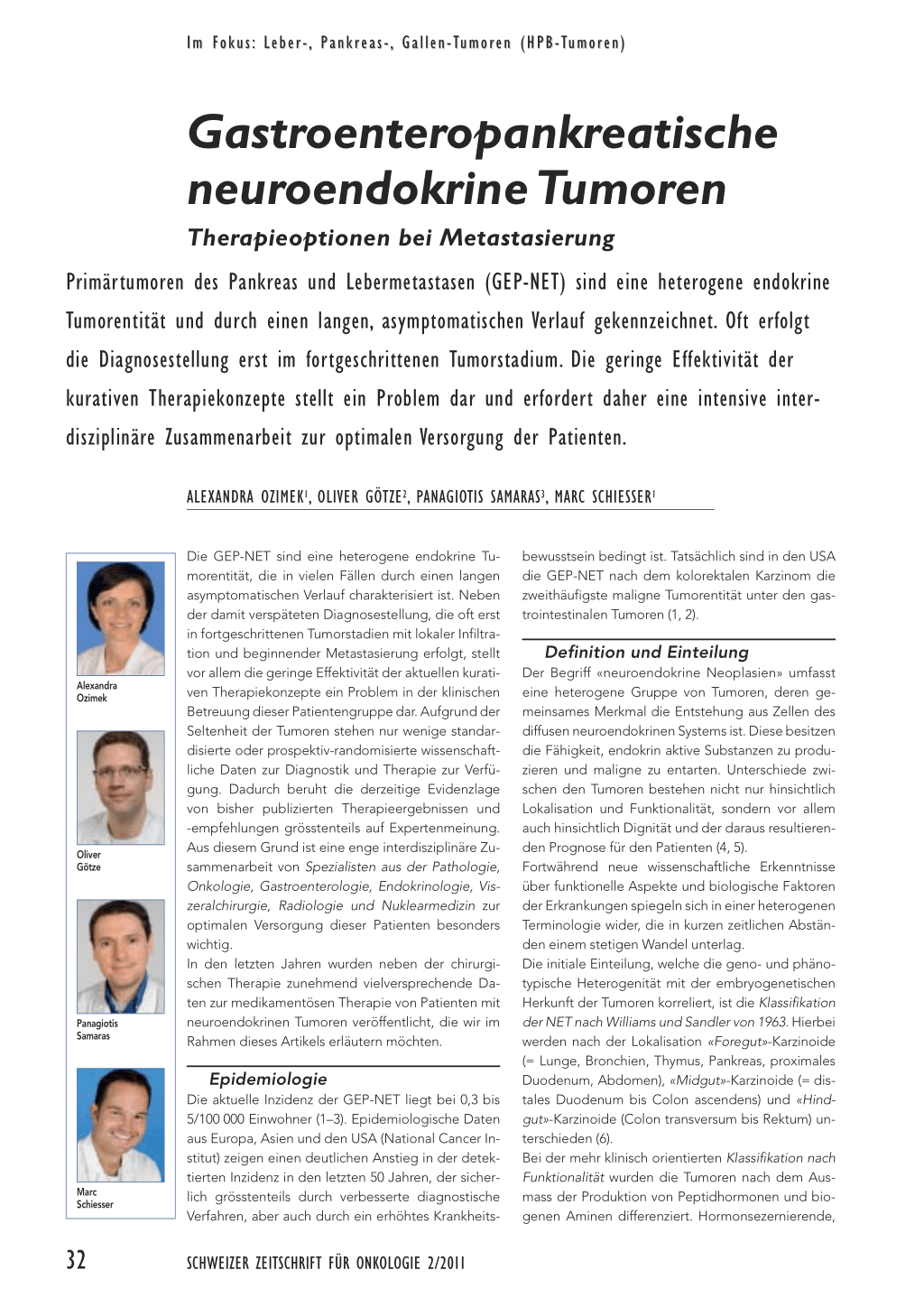
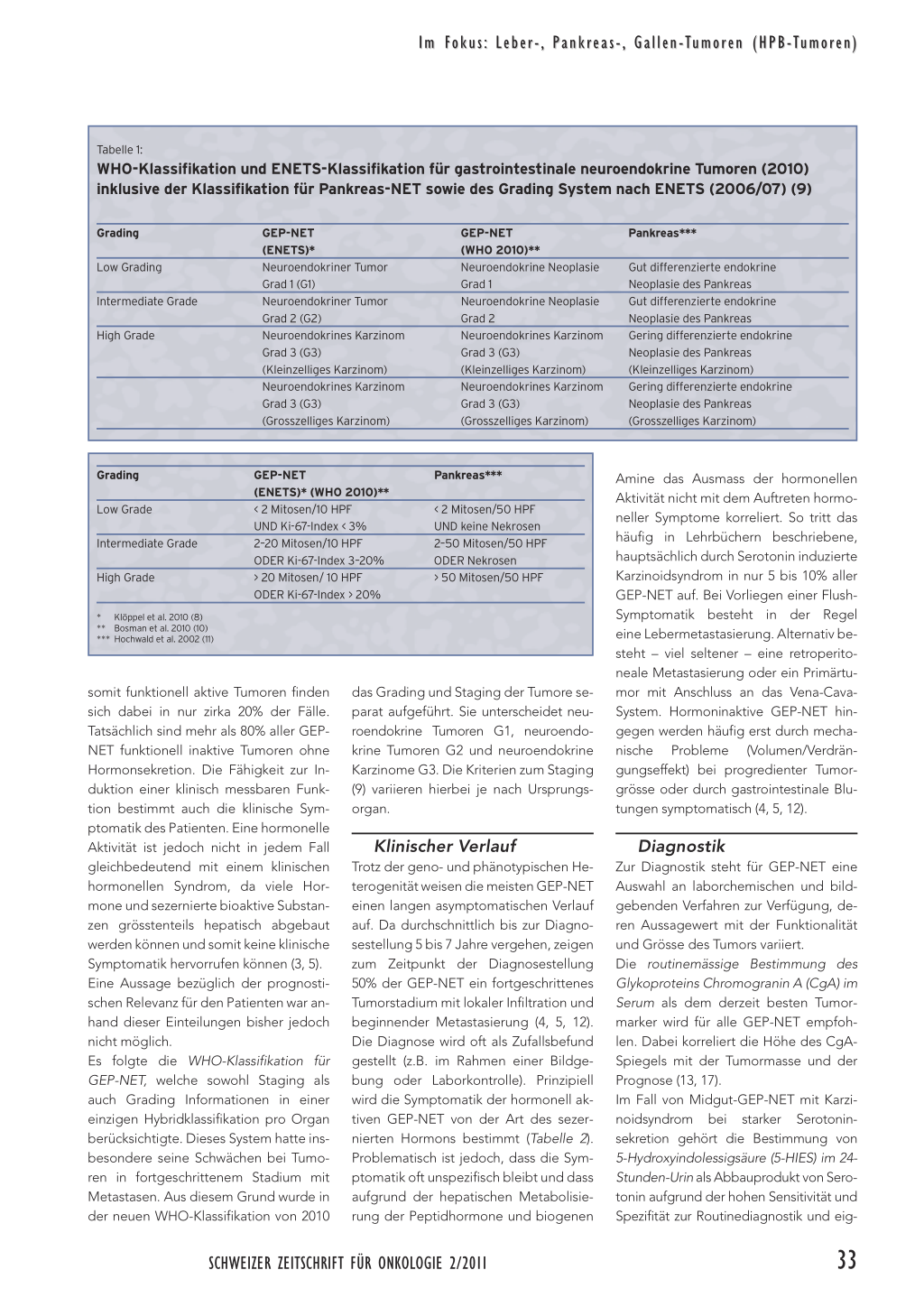
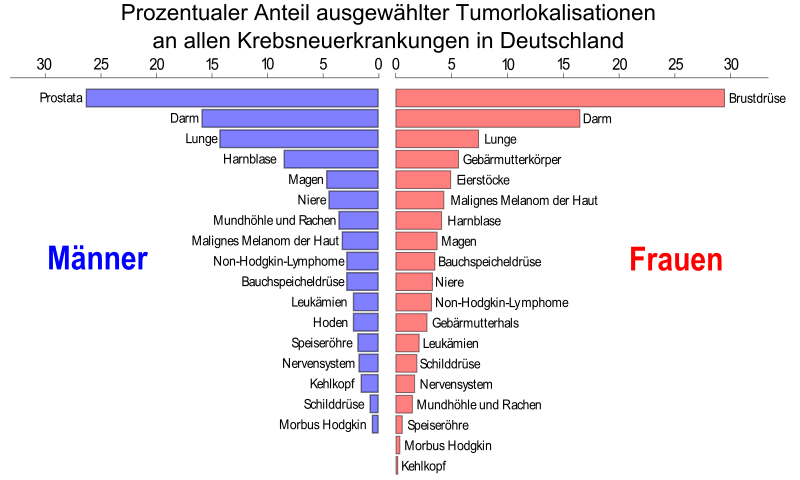

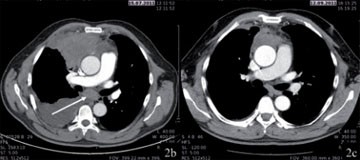
Post a Comment for "Neuroendokrines Karzinom Lunge Prognose"